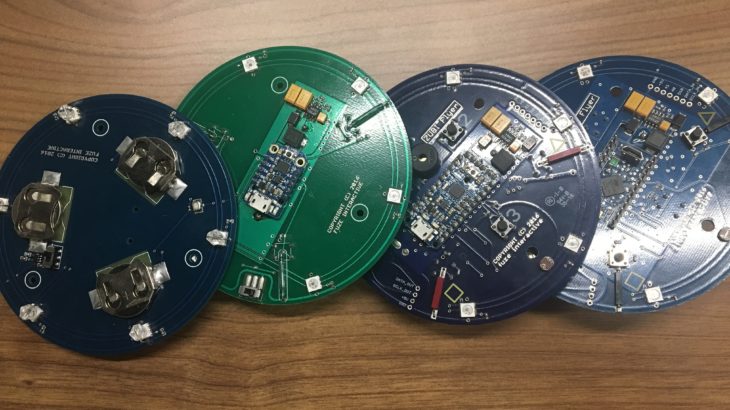There is a fine line between prototypes and final products … or is there? Time, money and public appeal shape the creation of a new product and are constantly evolving, making the time at which a product hits the market critical to its success. Kyle Muir exemplifies this concept with Apple: the iPhone generations have little innovation, but these “final products” are successful due to other factors, despite the tech companies release of what Muir calls “extended prototyping.”
Muir is an entrepreneur and current CEO of Fuze, with a background in supply chain operations management; he graduated from the University of Utah with his MBA and has used his degree to build tech companies. Here are Muir’s tips for anyone looking for next steps with their prototype:
1. “Your manufacturer should have existing core competencies that play into your design.”
Although it may take more time and money, finding a manufacturer who specializes in producing parts for your product will make your startup life easier. Choose a manufacturer based on their qualifications and experience specifics. Generally, these manufacturers will produce parts more accurate to your described needs and will be able to offer advice throughout the secondary design process. In fact, you may want to have different manufacturers for different parts of your final product. Muir recommends outsourcing as much as you can — other people tend to have the expertise and knowledge that you lack.
2. “Talk like you’re a tech wizard.”
A prototype requires constant cash flow, which means that before you move forward, you will need investors. To preserve your and your products’ creative freedom, however, consider only licensing the intellectual property or establishing utility patent protection with a big-name corporation. Only selling one characteristic of your product will enable your innovation, and the company gains research and technology in return. So, how do you convince a board of directors of this mutual agreement? Explain your product and its potential technology to the point that Muir would say you are speaking like a tech wizard.
3. “You can always simplify.”
The final design of a product is more than just the product itself. Aspects such as packaging and instructions can create a sense of finality to your product that will cause investors to take further interest. The details of a product make up the whole of it, so never overlook the small elements that can set you apart from another startup. The more you simplify and revisit your product, the more satisfied you and your manufacturer will be. Just like coding, the less lines of work that need to be accomplished, the more elegantly the program will run.
Prototyping is the most formative and crucial point of any innovative startup. Before you even begin designing a prototype, pitch your idea to a team to see their response. Muir always judges the potential success of a product by asking, “how many people will work for me for free on this idea today?” If you pass this test, you will inevitably move into the design phase. Muir’s advice is to prototype for as long as you can, because once your design moves into production, a particular direction will be set due to time and money constraints.



